Is this what a horse feels?
We are no longer building saddle trees, but we have two videos about how Western saddles fit horses available on our westernsaddlefit.com website.
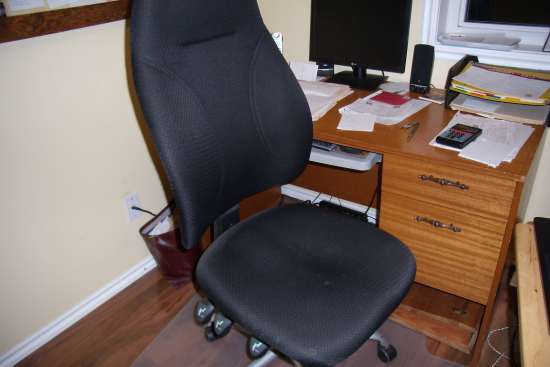
A few years ago Rod surprised me with a very nice desk chair as my birthday present. It is great. It goes up and down, spins around, tilts back and forth, and rolls around the office wherever I want to go. But, it has a problem…
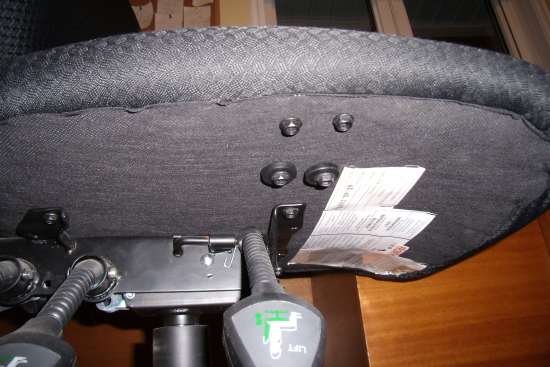
There are bolts underneath that protrude through the hard bottom of the chair and into the padding of the seat.
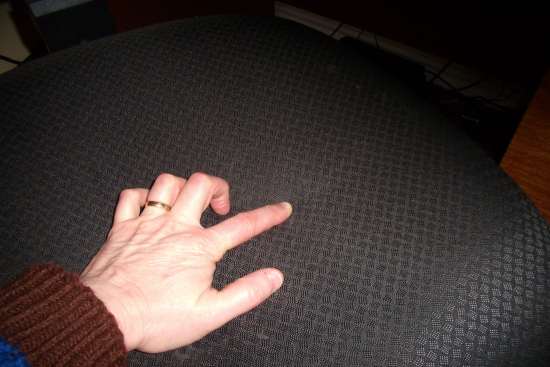
With all the padding on the chair you wouldn’t think it would be a problem, but although you can’t see them, they are easy enough to feel. And while my finger doesn’t hurt when I press down on them, after I sit on the chair for a while my butt sure can tell you where they are! And using an extra cushion doesn't help. Tried that and I could still feel them if I sat there for a while.
So it got me thinking. Is this something like what a horse feels when nails or screws protrude through the bottom of the tree? Who knows for sure what they feel. But here are some pictures showing that a similar thing might happen.
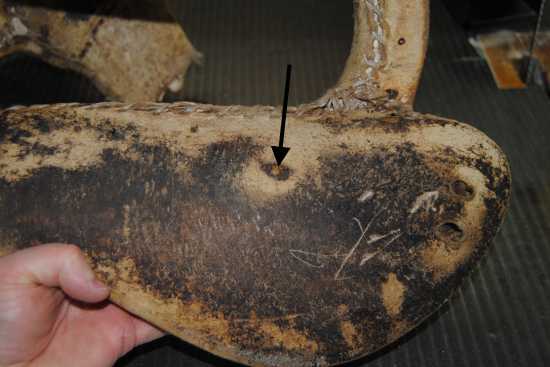
This is one of the broken trees we have duplicated in the last year. There is a lot of wear over most of the bottom of the bar, which is good. But there is that one heavily worn point surrounded by blank space. There was something under the rawhide that was large enough to cause a pressure point severe enough to make the wear pattern different.
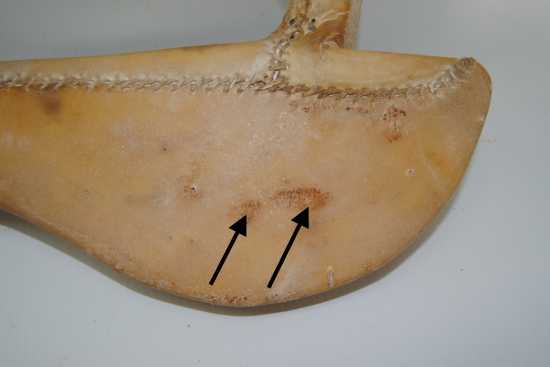
Here is another one. This one hadn’t been used a lot. It is in to be duplicated because it isn’t working well on the guy's horses. But there is this funny wear patch in the middle of the back bar pads.
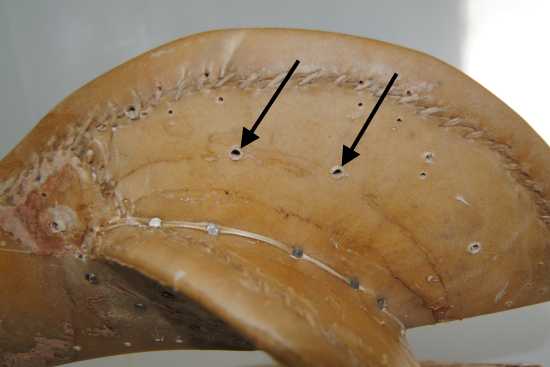
Check it out, and this is directly underneath screw holes on the top of the bar. These screws didn’t come through the rawhide, but they came through the wood – enough to cause a different wear pattern on the bar.
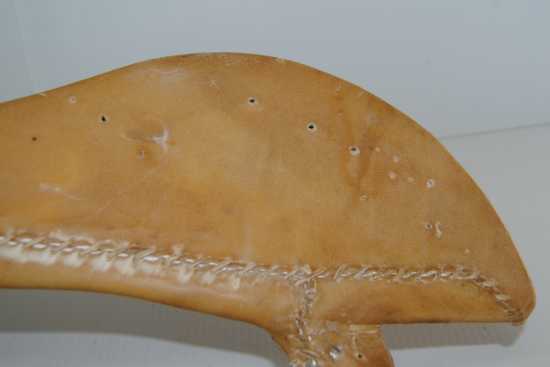
Another one – again in to be replaced for the same reason. Only this time there are holes all the way through the bar. It was the same on both sides. Again, there isn’t much wear on this tree so it hasn’t been used a lot.
So, did the horses feel these lumps through the skirts and padding? There is no way of knowing since the horses can’t talk and pressure sensor pads are too expensive to have kicking around just to satisfy my curiosity. But when I see pressure points like this on the bottom of used trees (and they are very, very common) I sure have to wonder…
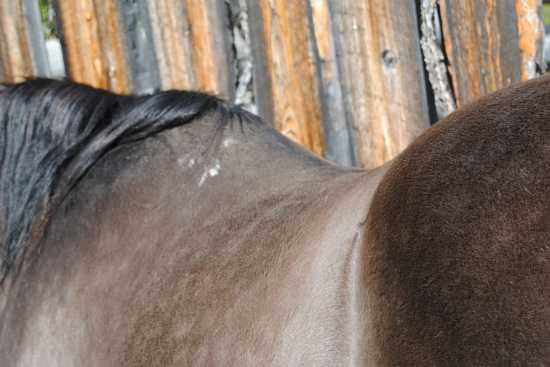
And when I see unusually shaped white marks on a horse (Gus belonged to us and came with these marks) and the previous owner says this same saddle has white marked other horses in the same spot in the same way, I would sure want to check out the saddle to see what is going on.
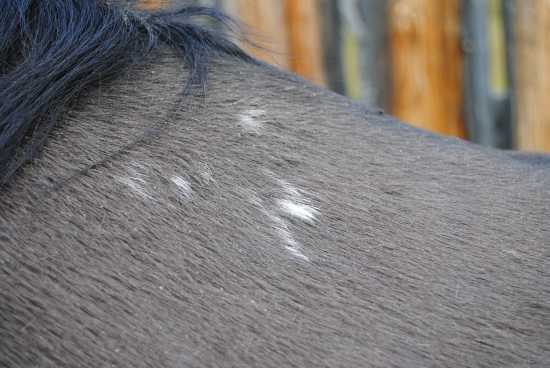
I’d say the chances are pretty high you’d find something protruding through the bar. It would be an easy fix too. Take out the screw, cut off the tip and put it back in. It would save the horse a whole pile of discomfort or pain.
Now, if I can only get Rod to do the same for my chair…
